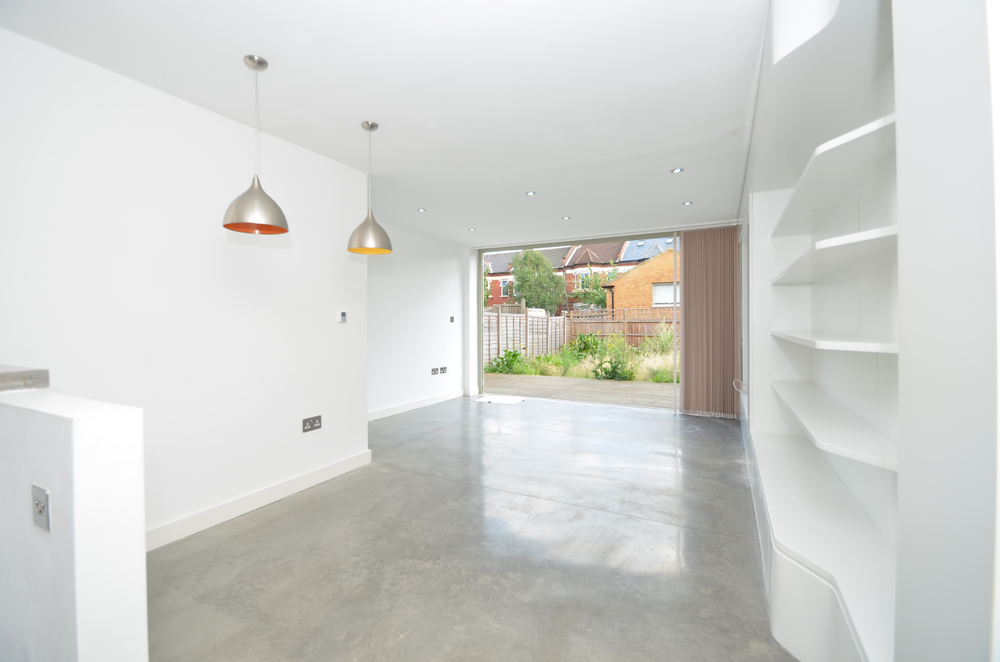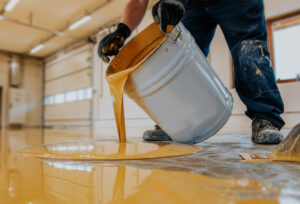Concrete is a common building material used in dams for core walls, spillways, stilling basins, control towers, and slope protection because it is economical, durable, and strong. However, defects that subsequently need to be repaired might be caused by poor craftsmanship as well as by the techniques and materials used in construction. It is necessary to repair any deterioration or damage that has occurred over a prolonged period of time to concrete structures as a result of moving water, ice, or any other natural factors. It is possible for concrete structures to fail either structurally or hydraulically if the required maintenance and repairs are not performed on a regular basis and as soon as problems arise. As a consequence of this, the continued safe operation and use of the dam may be put in jeopardy.
Shifting floors or walls, wide cracks, misaligned walls, settled walls, displaced joints, and deep undermining all point to serious structural issues. Before deciding on concrete replacement options for deteriorating concrete, it is wise to have it inspected by a licensed professional engineer to identify the concrete’s overall state, the amount of any structural damage, and the best course of action to repair the concrete.
Excessive water pressures found under floors and behind walls typically necessitate drainage systems. In addition, any external loading on structural concrete need a reinforcing steel plan that accounts for tension zones, shear, and bending stresses (including the weight of the structure). Any concrete restoration method should yield a structure that is robust and resistant to the ravages of time and the elements, as well as chemicals and wear and tear. Large-scale structural issues that necessitate expert counsel are outside the scope of this discussion.
Specifications for the Application of Concrete
Concrete needs to be strong, but it also needs to be workable and long-lasting. Concrete with a high workability rating can be mixed, moved, and poured with minimum loss of consistency from the original ingredients. The dimensions and shape of the structure as well as the spacing and size of the reinforcement dictate the level of workability required for effective placement and consolidation of the concrete. When concrete is laid correctly, there will be no segregation between the coarse aggregate and the reinforcing or any other embedded elements or surfaces. Minimizing the lateral movement of concrete during handling and putting activities can help prevent the separation of coarse aggregate from the mortar. Placement of the concrete should be as close to its ultimate location as is reasonably possible. Any method of placement that results in the concrete flowing inside the forms should be avoided. In order to achieve optimum compaction, the concrete should be poured in horizontal layers and then properly vibrated between each layer. In order to be effective, all concrete repairs must be properly moist-cured. Having a longer moist-curing period decreases the tendency for shrinkage and loosening, and increases the bond strength of new concrete to old concrete. All of the following concrete restoration methods should be evaluated relative to one another and in light of the desired concrete quality for the project at hand. It is not enough for a building to be well-planned; rather, it must be built with concrete that is both robust enough to support the loads calculated for it during design and weather-resistant enough to endure the stresses connected with its use while yet being cost-effective. It’s important to stress that the owner or anybody without concrete repair skills should not try to make major structural repairs to concrete. When planning for extensive maintenance, it’s best to hire a competent contractor with expertise in concrete building.
Structural bonding and preventing water flow are the two primary goals of concrete crack repair. Epoxy injection is used for structural bonding. Having a professional contractor install it might be very costly. Epoxy is injected at high pressure into the concrete, sealing up the holes. If the break is still spreading, this repair method should not be attempted (moving). A urethane sealant can be used to ensure a leak-proof connection. Although the procedure does not create a permanent bond, it can be utilized to fix current cracks. Using a concrete saw or other hand tool, cracks must be opened before the sealer is applied. It is recommended that the opening be at least 1/4 inch in diameter. Urethane sealants are reusable because they are resilient and can be put over previously applied coatings. Before repairing the concrete, the causes of the fractures must be determined in order to prevent the same problems from arising again.



